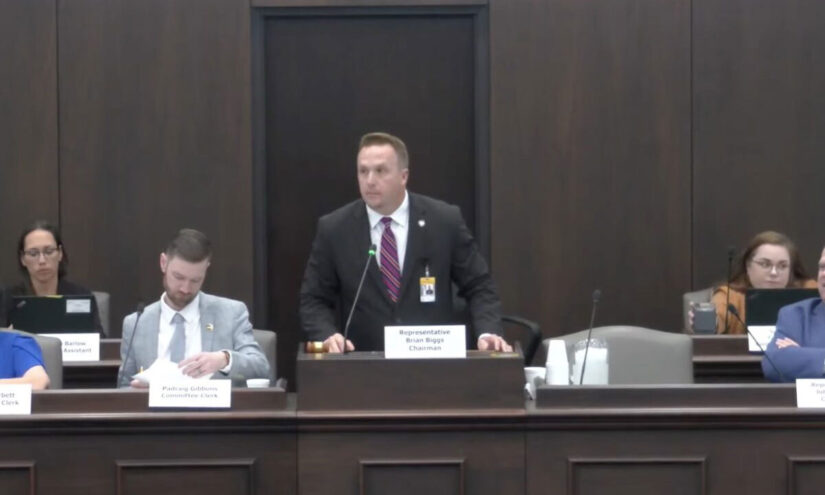During this summer, a team of students from MIT embarked on a journey to the sou …
North Carolina DPI Pushes for Improved School Grades to Reflect Performance
Carlos Changemaker

State Superintendent Catherine Truitt introduced the Department of Public Instruction’s (DPI) plan for revamping school performance ratings to legislators on Monday during a House education reform committee session.
To proceed, legislative action is required for the model.
“According to a press release by DPI, the new proposed model… is designed to provide parents and the public with more information about each school’s quality and its readiness of students for life after graduation, rather than solely reflecting student performance on high-stakes assessments,” DPI stated.
Presently, school grades are determined by each school’s achievement score comprising 80%, and students’ academic growth weighing 20%. Education leaders argue that this formula does not fully capture the work being done in public schools. DPI’s presentation indicated national data confirming that North Carolina schools perform significantly better than their state performance grades suggest.
“We need to go beyond just looking at test scores from a single day at the end of the year or semester,” Truitt emphasized. “While it’s essential to be transparent regarding the percentage of students proficient in reading and math, more aspects need to be considered.”
The proposed model entails creating “a multi-measure school performance model that surpasses federal guidelines compliance and embodies NC educational values,” as outlined in DPI’s presentation.
In DPI’s proposal, schools would be assigned four distinct grades without a single combined grade.
- Academics. This measures proficiency in math, science, and reading across all grades.
- Progress. This grade evaluates a school’s growth based on EVAAS data.
- Readiness. This grade assesses postsecondary readiness throughout K-12 and includes career development plans in middle school and postsecondary outcomes and graduation rates in high school.
- Opportunity. This grade considers chronic absenteeism, school climate, and intra/extra-curricular activities.
“Rather than a single performance grade, we now have four,” Truitt informed lawmakers. “This proposition establishes a more comprehensive state accountability model, the best approach to ensure schools deliver high-quality education.”


